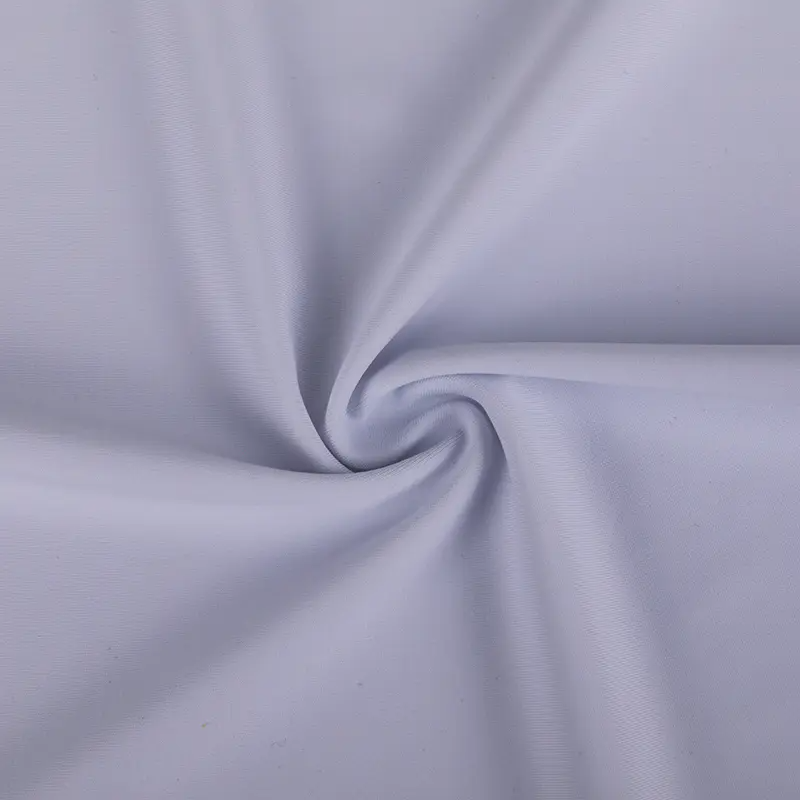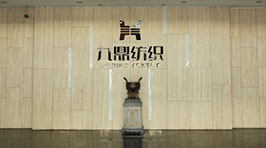
What are the future directions for the improvement of polyester fabric in terms of environmental protection?
1. Technological innovation promotes environmental protection upgrade
Research and development of modified polyester:
Physical modification: By blending with other fibers or using physical blending technology, the antistatic properties and hygroscopic properties of polyester are improved, and the dependence on chemical treatment agents is reduced.
Chemical modification: By using chemical grafting or block copolymerization, the molecular chain structure of polyester is changed to develop polyester fibers with biodegradable properties. For example, the three-monomer copolymerization technology is used to improve the dyeing performance of polyester and reduce the discharge of printing and dyeing wastewater.
Application of bio-based raw materials:
Explore the use of bio-based raw materials (such as renewable resources such as corn starch and sugarcane) to produce polyester and reduce dependence on non-renewable resources such as petroleum.
Develop biodegradable polyester fibers, such as CELYS™ fibers, which are based on the third monomer technology and unique polymerization process to achieve the "genetic" modification of the chemical molecular structure of the material and improve biodegradability.
2. Material research and development and environmental performance improvement
Develop environmentally friendly additives:
Develop environmentally friendly dyes and additives to reduce the use of harmful substances and reduce the emission of wastewater and waste gas.
Use low-temperature dyeing technology to reduce energy consumption and wastewater discharge.
Increase the recycling rate of fibers:
Develop polyester fibers that are easy to recycle and reuse to reduce the generation of waste.
Study the chemical recycling technology of polyester fibers and convert them into raw materials for reuse.
3. Production process optimization and energy conservation and emission reduction
Application of clean production technology:
Promote clean production technology to reduce the emission of wastewater, waste gas and solid waste in the production process.
Adopt advanced wastewater treatment technology to ensure that wastewater meets the discharge standards.
Establishment of energy management system:
Establish a complete energy management system to monitor and manage energy consumption in the production process in real time.
Use energy-saving equipment and technology to reduce energy consumption.
4. Recycling and resource conservation
Recycling of waste polyester:
Establish a recycling system for waste polyester to improve the recycling rate.
Develop recycling technology for waste polyester and convert it into new fibers or raw materials.
Circularity of product design:
Consider its recyclability during the product design stage and design product structures that are easy to disassemble and recycle.
Promote the use of degradable or easily recyclable materials to reduce the environmental impact of product waste.
5. Policy and standard guidance
Formulate strict environmental protection laws and regulations:
The government should formulate strict environmental protection laws and regulations to regulate the production and use of polyester fabrics.
Increase the penalties for illegal enterprises and increase the cost of violations.
Establish an environmental certification system:
Establish an environmental certification system for polyester fabrics to certify and label products that meet environmental standards.
Encourage consumers to buy environmentally certified products and promote the market to develop in an environmentally friendly direction.
Promote environmental protection concepts:
Through media publicity, education and popularization, improve the public's awareness and attention to environmental protection.
Encourage enterprises to adopt environmentally friendly technologies and materials to improve the environmental performance of products.












 中文简体
中文简体 English
English Español
Español русский
русский













